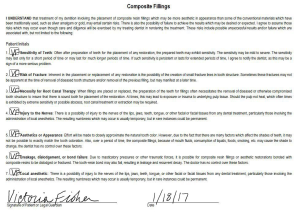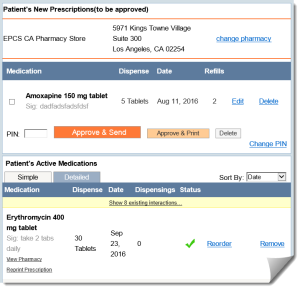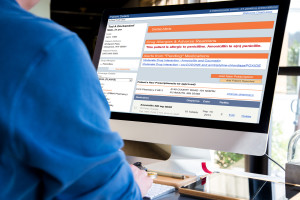Connecticut Governor Pushing for Opioid e-Prescribing Come 2018
Posted April 24, 2017 by Jennifer G
 This past Valentine’s Day, Connecticut Governor Dannel Malloy addressed the crowd in a rather somber tone. He went on to explain that he experienced yet another unfortunate morning passage – reading the obituary of a young local who has tragically passed due to an opioid overdose. However, he’s now taking action and has outlined several steps to fight this drug crisis.
This past Valentine’s Day, Connecticut Governor Dannel Malloy addressed the crowd in a rather somber tone. He went on to explain that he experienced yet another unfortunate morning passage – reading the obituary of a young local who has tragically passed due to an opioid overdose. However, he’s now taking action and has outlined several steps to fight this drug crisis.
Not only did state funding increase to further address the disease of opioid addiction, but in January he introduced a series of legislative proposals, including one that will require all opioid prescriptions to be electronically prescribed in Connecticut.
In 2015, Connecticut experienced 900 deaths because of opioids. Currently, prescribers in the state have a choice whether to prescribe opioid medication electronically or on paper, but Malloy said going completely electronic will “reduce the potential fraud and create a system of trackable data.”
Governor Malloy also realizes the insight electronic prescribing provides as a means to increasing patient safety. “A pad of paper doesn’t come from a particular site. It is hard to trace,” Malloy said. “If you do it electronically, you can instantaneously trace, and it’s easier for us to document who is getting the drug, and who is prescribing the drug.”
Paper prescriptions which are the alternative to e-Prescriptions leave room for translation errors by the pharmacy, but also opens the door for patients to alter, lose, steal, or sell handwritten prescriptions.
In addition to increased patient safety, opioid e-Prescribing will:
- Combat the rising issue of prescription fraud within a dental practice, including misuse of a dentist’s DEA number, forged signatures, and stolen prescription pads by patients or an Insider Threat.
- Add to patient convenience by reducing wait times in pharmacies.
- Allow a prescriber to query a patient’s medication history at point of care in order to determine if they are “doctor shopping”, or visiting multiple prescribers strictly to receive opioid prescriptions.
- Increase patient medication pick-up adherence. Between 28% and 31% of all paper prescriptions either never make it to the pharmacy or are not picked up at all.
To put it simply, opioid e-Prescribing is one of the most effective solutions that is being rightfully viewed by Governor Malloy as a necessary tool in the state’s arsenal to combat the ever increasing opioid crisis.
For the protection of patients across Connecticut, Governor Malloy is urging for this imperative legislation to be effective as of January 1, 2018.
Click here to read the proposed bill. [See Sec. 3. Section 21a-249.]
Get more information about ePrescribing and start protecting yourself and patients today!
Sources: New Haven Register; CT News Junkie; WNPR

 Prior to treatment, the dentist bears the responsibility of obtaining informed consent from the patient to perform the procedures that were diagnosed. For most, the process to obtain consent involves a conversation with the patient that results in patient understanding and acceptance of the treatment that will be provided. When it comes to malpractice claims, lack of consent is frequently cited. At a minimum, the clinical progress note should reference the process used to obtain consent and that the patient consented to the treatment provided. For riskier procedures, consider obtaining consent in writing to help support your clinical note. One such method is clinical consent forms that are signed on the tablet pc when using
Prior to treatment, the dentist bears the responsibility of obtaining informed consent from the patient to perform the procedures that were diagnosed. For most, the process to obtain consent involves a conversation with the patient that results in patient understanding and acceptance of the treatment that will be provided. When it comes to malpractice claims, lack of consent is frequently cited. At a minimum, the clinical progress note should reference the process used to obtain consent and that the patient consented to the treatment provided. For riskier procedures, consider obtaining consent in writing to help support your clinical note. One such method is clinical consent forms that are signed on the tablet pc when using  Even in 2017, many prescribers will be the victim of prescription theft or tampering. Sending prescriptions to the pharmacy electronically offers greater protection for the prescriber, reducing the risk of fraud. Additionally,
Even in 2017, many prescribers will be the victim of prescription theft or tampering. Sending prescriptions to the pharmacy electronically offers greater protection for the prescriber, reducing the risk of fraud. Additionally, 

 Subscribe
Subscribe Subscribe
Subscribe



